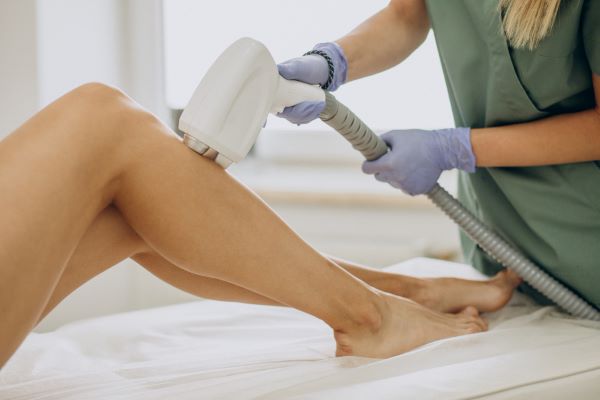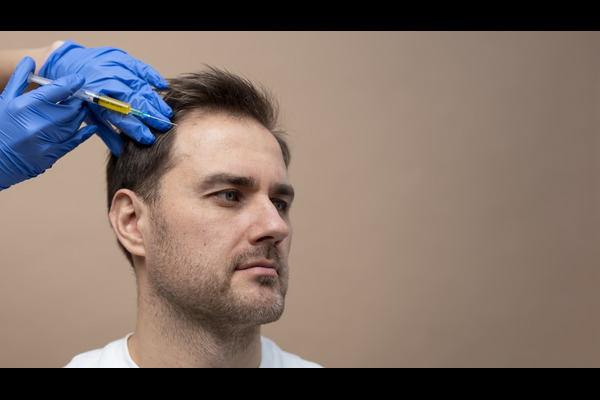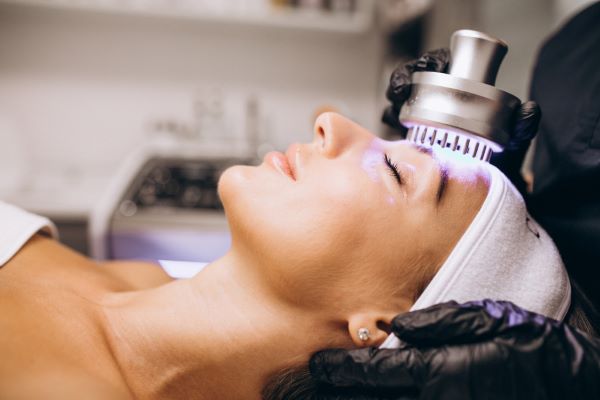
Plastic Surgery: A Brief History
A near-constant pursuit of self-improvement has been a human trait ever since the beginning of time. Thus, it is no surprise that plastic surgery is one of the oldest healing tricks in the book; one that people everywhere on the planet have resorted to when nothing else worked. The use of surgical means to correct facial injuries dates back more than 4,000 years ago. So, today we will look at the fascinating history of the process to know it a bit better. Also, it is a great way to debunk the idea that cosmetic procedures are simply fads that people only follow to look young!
Skin Grafts in Ancient India is the Beginning of Plastic Surgery
Research shows that in ancient India, as early as 800 B.C., physicians were using the technique of skin grafting as a mode of reconstructive surgery. Other Eastern countries also took quite readily to cosmetic procedures. From there on, the Western world picked on the process and refined it. However, it was a slow and gradual process that took a few thousand years.
The Greco-Roman period saw immense progress which has been documented in ancient texts. De Medicina, written by the Roman medical writer Aulus Cornelius Celsus contains surgical methods that can reconstruct ears, noses, and lips. Synagogue Medicae, an early Byzantine period medical encyclopedia compiled by Oribasius is another such text. This is a 70-volume work that talks about various reconstructive techniques that can repair facial defects and issues.
Cosmetic Procedures in the Middle Ages and the Renaissance
Cosmetic procedures like reconstructive surgeries continued throughout the period of the early Middle Ages but their growth was halted thanks to the fall of the Roman empire and the subsequent spread of Christianity. This caused mysticism and religion to replace science on a major scale. Pope Innocent III went so far as to declare any form of surgery prohibited by the Church laws. Slowly, the focus was more on spiritual and personal concerns than on the scientific pursuit of knowledge. Additionally, the negligent standards of hygiene and cleanliness further compromised the safety of the patients. But minor developments were afoot such as a 10th-century advancement in the procedure to repair a cleft lip.
The Renaissance period saw significant advances in the field of science and technology which led to safer and more effective surgical methods. Serafeddin Sabuncuoglo, in a 15th-century Islamic text titled Imperial Surgery, listed 191 topics related to surgery. Besides discussing maxillofacial surgery and eyelid surgery, it also listed the protocol to treat Gynecomastia which is widely regarded as the foundation for the modern technique of surgical breast reduction!
Progress Born of War and Conflict
Following a period of slump in the 17th century, plastic surgery made a comeback in the late 18th century. However, the big switch came in the aftermath of the violent World War I which made reconstructive procedures a necessity for many soldiers. In fact, with World War I, plastic surgery reached new heights and came within the purview of the medical establishment.
Modern weaponry and warfare caused head and facial injuries and treating them required modern and innovative surgical procedures. Also, surgeons were gradually beginning to realize how much one’s physical appearance could affect one’s life. As a result, aesthetic surgery also gained importance as a valuable aspect of cosmetic procedures. Additionally, anesthesia and infection prevention also became vital parts, and surgeons now performed procedures that were complex. Surgery now became truly “cosmetic” with the appearance of the first rhinoplasty and breast augmentation procedures.
Plastic Surgery in the United States
Despite the several advancements taking place in Europe, the U.S. also saw major strides taking place in the field of cosmetic procedures. Dr. John Peter Mettauer designed and used surgical instruments to perform the first cleft palate operation in 1827. The Correction of Featural Imperfections by Dr. Charles Miller came out in 1907 and was the first text that specifically discussed cosmetic surgery.
The first general surgery training program, created by Dr. William Steward Halstead at Johns Hopkins, gave rise to a systematic discourse. After publishing The Training of a Surgeon in 1904, he birthed the prototype of all modern surgical training programs.
In 1946, the first issue of the Journal of Plastic and Reconstructive Surgery came out and by 1950, plastic surgery was completely integrated into the medical establishment.
Plastic Surgery in Modern Times
Plastic surgery, as we know it today, really started shaping up in the 1960s and 70s. Things changed radically with the development of Silicone. From the first breast implant in 1962 to a push towards increased public awareness about cosmetic surgeries in the 80s, the demand has only been increasing. In recent times, with awe-inspiring developments, incredible feats of reconstruction are easily possible. The biggest trend right now is to stave off signs of ageing with minimally invasive procedures. Also, following the pandemic, people are now highly keen on maintaining a balanced lifestyle to keep a youthful glow.
The ultimate purpose of cosmetic surgery remains the improvement of one’s life; from facial reconstructions to unbearable birth defects, or simply improving one’s self-esteem issues, it is clear that cosmetic procedures are not going anywhere. And Kaayakalp is committed to delivering the best results, no matter what the reason behind going for the procedure. If you wish to get detailed information, call us or visit.
Follow us on:
Facebook | Instagram | Twitter | LinkedIn | Google My Business







